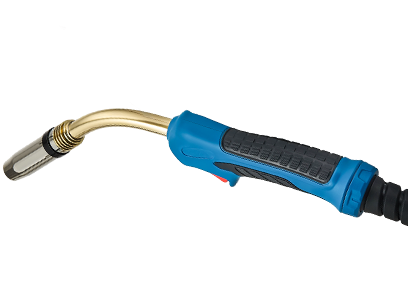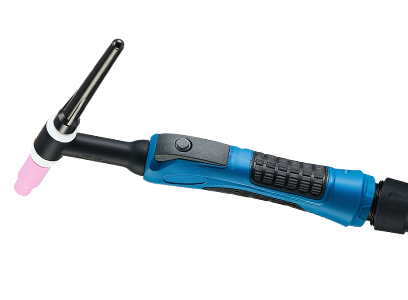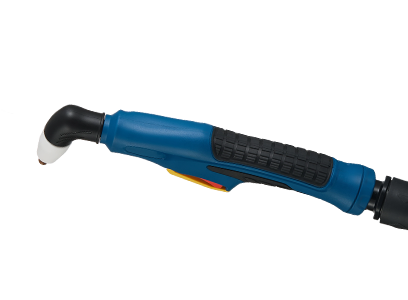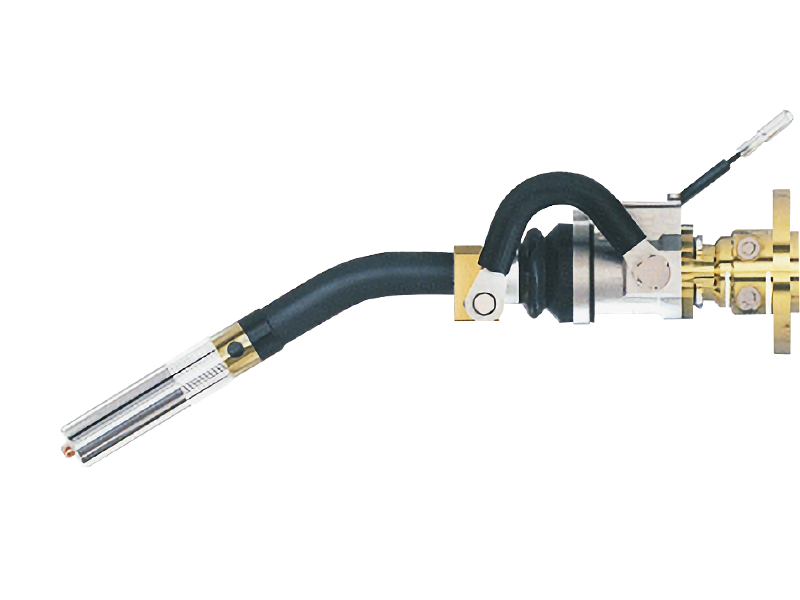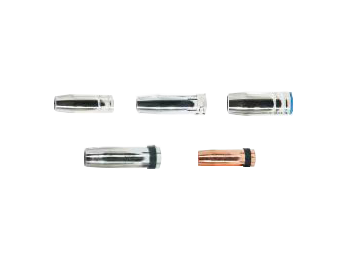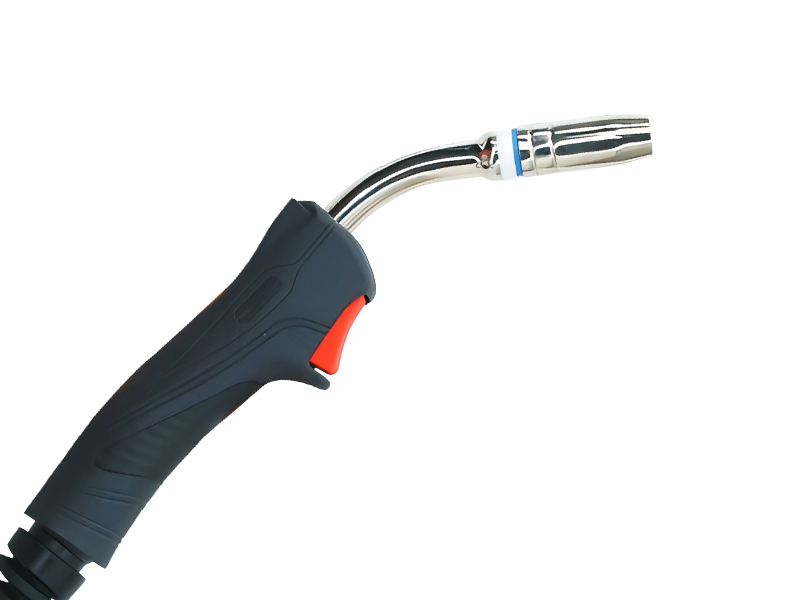MIG Welding Robots vs. Traditional Methods: A Comprehensive Comparative Analysis for the Modern Fabrication Industry
MIG Welding Robots vs. Traditional Methods: A Comprehensive Comparative Analysis
Table of Contents
1. Introduction to MIG Welding and Traditional Methods
2. Understanding MIG Welding Technology
3. Benefits of Using MIG Welding Robots
3.1 Efficiency and Speed
3.2 Precision and Quality
3.3 Enhanced Safety
4. Overview of Trad
MIG Welding Robots vs. Traditional Methods: A Comprehensive Comparative Analysis
Table of Contents
- 1. Introduction to MIG Welding and Traditional Methods
- 2. Understanding MIG Welding Technology
- 3. Benefits of Using MIG Welding Robots
- 4. Overview of Traditional Welding Methods
- 5. Cost Analysis: MIG Welding Robots vs. Traditional Methods
- 6. Scalability and Flexibility in Welding Solutions
- 7. Real-World Applications and Case Studies
- 8. Conclusion
- 9. Frequently Asked Questions
1. Introduction to MIG Welding and Traditional Methods
In the realm of fabrication, welding serves as a cornerstone for joining materials, and over the years, various methods have evolved. Among the plethora of options, **Metal Inert Gas (MIG) welding** has emerged as a popular technique, especially with the integration of robotics. This article delves into a comparative analysis of **MIG welding robots** and **traditional welding methods**, exploring their respective advantages, limitations, and ideal applications.
2. Understanding MIG Welding Technology
MIG welding is a process that utilizes a continuous wire feed as an electrode and an inert gas to shield the weld pool from contamination. This method is favored for its speed and versatility in various materials, including stainless steel, aluminum, and mild steel. The operation is straightforward, making it accessible to both novices and seasoned professionals.
3. Benefits of Using MIG Welding Robots
As industries evolve, the incorporation of automation in welding processes is becoming increasingly critical. MIG welding robots offer numerous benefits that can significantly enhance production quality and efficiency.
3.1 Efficiency and Speed
One of the most significant advantages of MIG welding robots is their ability to work continuously without breaks, leading to increased productivity. Robots can complete tasks much faster than human welders, reducing cycle times and maximizing output. For industries facing high-demand periods, this efficiency can lead to substantial cost savings and quicker turnaround times.
3.2 Precision and Quality
Robotic MIG welding systems deliver unparalleled precision, ensuring consistent weld quality across multiple units. The programmed movements and settings eliminate the variability associated with human operators, resulting in uniform bead placement and reduced defects. This precision is particularly vital in applications where quality standards are stringent.
3.3 Enhanced Safety
Welding can be hazardous, exposing workers to high temperatures, toxic fumes, and electrical risks. By employing MIG welding robots, companies can minimize human exposure to these dangers, enhancing workplace safety. Additionally, robots can perform repetitive tasks that may otherwise lead to fatigue-related accidents among human operators.
4. Overview of Traditional Welding Methods
Despite the rise of robotic technologies, traditional welding methods still hold significant relevance in various industries. Understanding these methods provides context for the comparative analysis with MIG welding robots.
4.1 Common Techniques in Traditional Welding
Traditional welding methods include **TIG welding, Stick welding (SMAW), and Flux-Cored welding**. Each technique has its specific applications and benefits. For instance, TIG welding is known for its precise control over the weld pool, while Stick welding is favored for outdoor applications due to its versatility and ease of use.
4.2 Challenges of Traditional Methods
Traditional welding methods often struggle with consistency and speed, particularly in high-volume production settings. Moreover, the skill level of the operator can significantly impact the quality of the weld, leading to variability in results. As a result, manufacturers may face challenges in maintaining quality standards across products.
5. Cost Analysis: MIG Welding Robots vs. Traditional Methods
When assessing the overall cost of welding operations, it's essential to consider both initial investment and long-term operational costs. While the upfront costs of robotic systems can be substantial, the long-term savings from increased efficiency, reduced labor costs, and superior product quality often justify the investment.
**Robotic MIG welding systems** typically require less maintenance than traditional setups and can operate continuously, translating to lower operational costs over time. Conversely, while traditional methods may have lower initial expenses, they can incur higher ongoing costs due to labor, rework, and material waste associated with inconsistent welds.
6. Scalability and Flexibility in Welding Solutions
In today's fast-paced manufacturing environment, scalability and flexibility are paramount. MIG welding robots can be programmed to adapt to various welding tasks, making them ideal for companies that require versatility in their operations. This adaptability allows manufacturers to quickly shift production lines without extensive downtime or retraining of staff.
On the other hand, traditional welding methods may struggle with scalability. Increasing production often necessitates hiring additional skilled labor, which can be both time-consuming and costly. As a result, companies may find robotic solutions more aligned with their growth strategies.
7. Real-World Applications and Case Studies
Numerous industries have successfully integrated MIG welding robots into their operations. For example, the automotive industry utilizes robotic MIG welding for chassis assembly, where precision and speed are critical. Similarly, aerospace manufacturers employ robotic systems for assembling components where safety and reliability are non-negotiable.
Case studies demonstrate that companies adopting MIG welding robots often experience increased production rates, reduced labor costs, and improved quality control. As competition intensifies, these advantages can provide a significant edge in the market.
8. Conclusion
In conclusion, the choice between MIG welding robots and traditional methods hinges on various factors, including production volume, required quality, and long-term investment capabilities. **MIG welding robots** deliver substantial benefits in efficiency, precision, and safety, making them an attractive option for modern fabrication needs. However, traditional methods still hold value in specific contexts, particularly where flexibility and lower initial costs are paramount.
As the welding industry continues to evolve, understanding the comparative advantages of these two approaches will empower manufacturers to make informed decisions that align with their operational goals and market demands.
9. Frequently Asked Questions
1. What are the primary advantages of MIG welding robots?
The primary advantages include increased efficiency, enhanced precision, consistent quality, and improved safety in the workplace.
2. Are MIG welding robots suitable for all types of welding projects?
While MIG welding robots are highly versatile, they are ideally suited for high-volume production and applications requiring consistent quality. Certain specialized tasks may still benefit from traditional methods.
3. How do the costs of MIG welding robots compare to traditional methods?
MIG welding robots typically involve higher initial investment but can offer long-term savings through reduced labor costs and improved efficiency, whereas traditional methods might have lower upfront costs but higher ongoing expenses.
4. Can traditional welding methods still compete with robotic welding?
Yes, traditional welding methods can compete, particularly in settings that require flexibility or lower initial investments. However, they may struggle with consistency and speed compared to robotic systems.
5. What industries benefit most from MIG welding robots?
Industries such as automotive, aerospace, and heavy manufacturing benefit greatly from MIG welding robots due to their need for speed, precision, and high-quality welds.
This comprehensive analysis highlights the strengths and weaknesses of both MIG welding robots and traditional welding methods, aiding manufacturers in making informed choices that align with their business objectives.
TAG:
Previous:
Related Posts
MIG Welding Robots vs. Traditional Methods: A Comprehensive Comparative Analysis
Table of Contents
1. Introduction to MIG Welding and Traditional Methods
2. Understanding MIG Welding Technology
3. Benefits of Using MIG Welding Robots
3.1 Efficiency and Speed
3.2 Precision and Quality
3.3 Enhanced Safety
4. Overview of Trad

